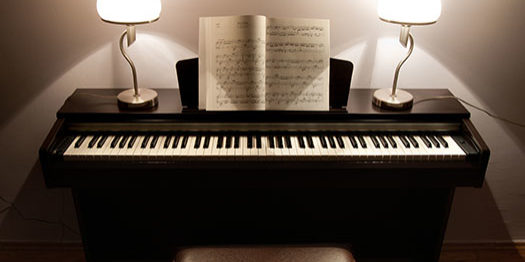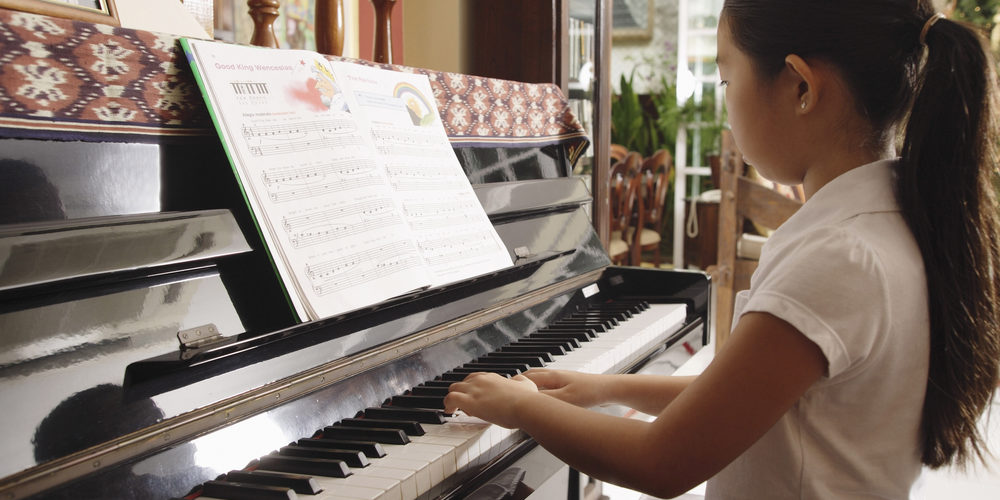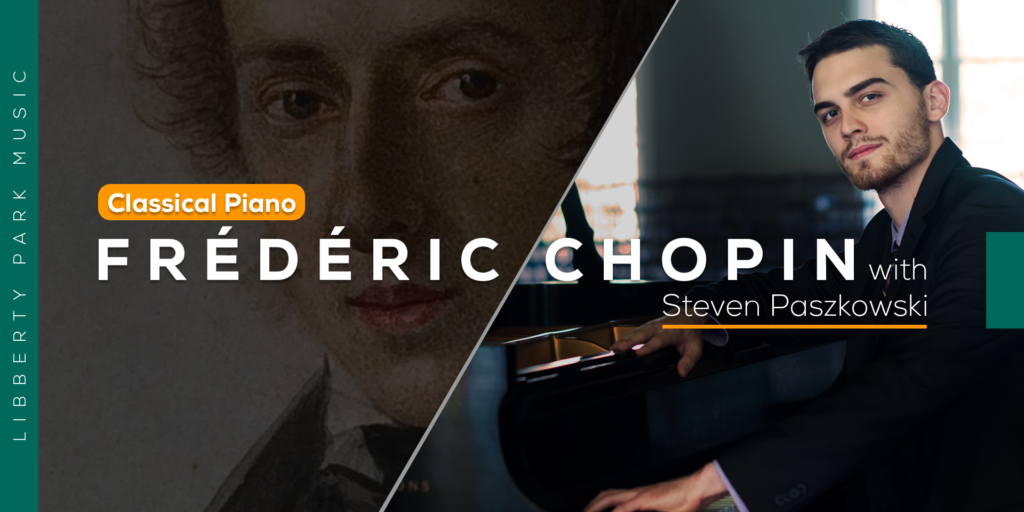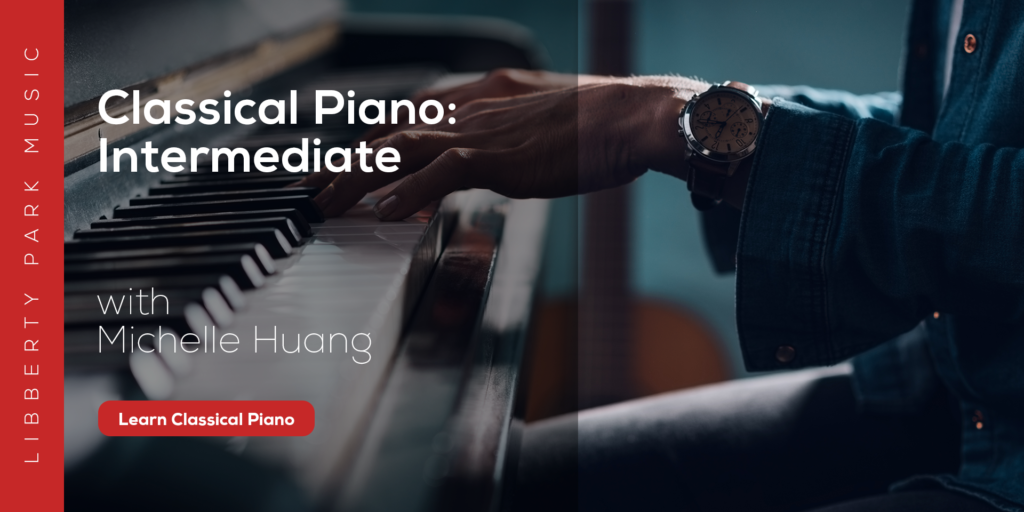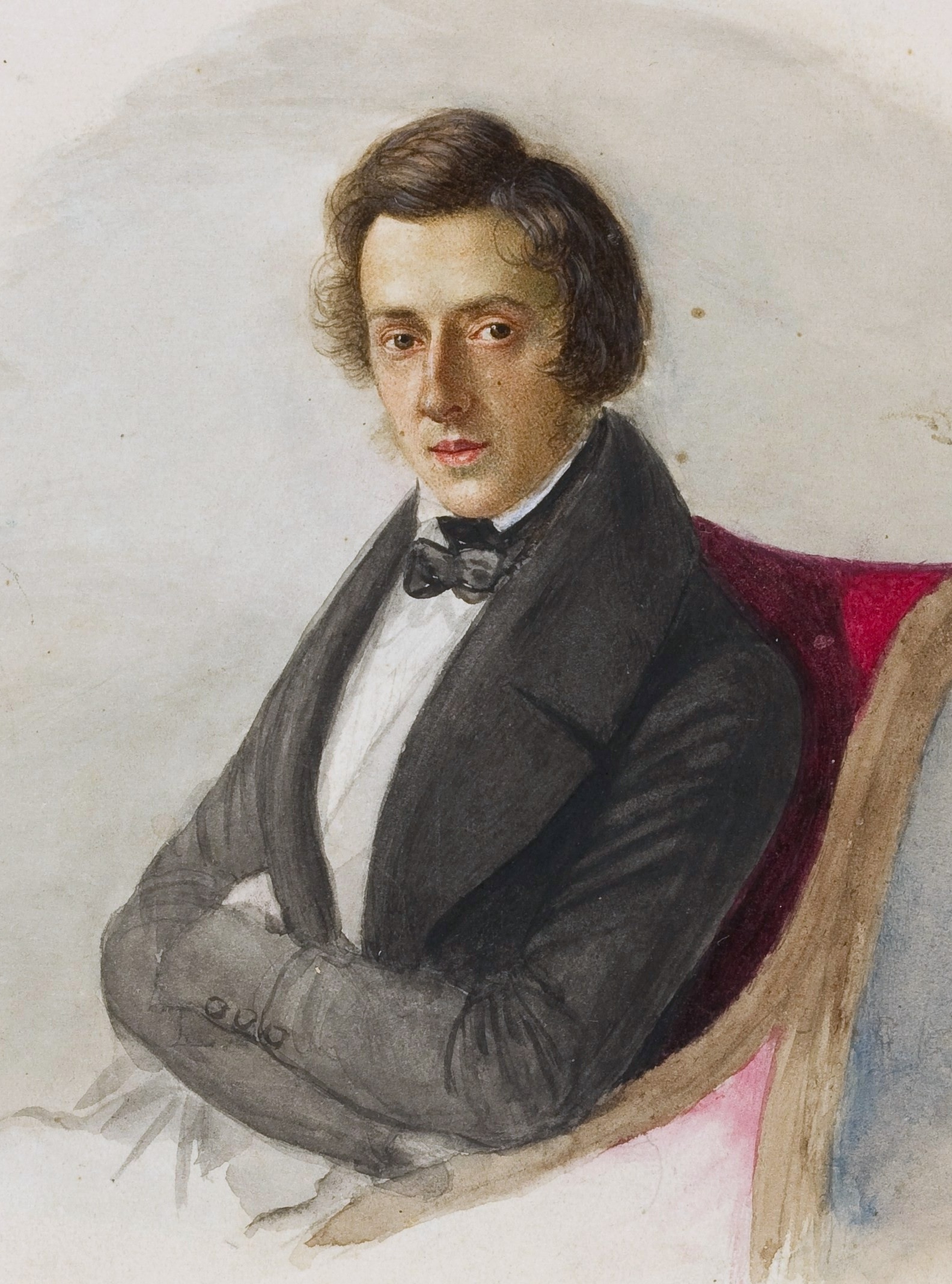
“You are to sing if you wish to play!”
Chopin: The Poet Pianist and His Preludes
The Romantic era (1800-1900) was a new age for the piano. It was finally in this era that the pianoforte, or as it is more commonly known today, the piano, evolved into its modern design, which challenged this first generation of modern pianists to compose new music.
Chopin, one of these inventors, created a completely new method of piano playing.
His core belief? Three hours of practice a day was the maximum amount. Anymore than that and your brain is no longer engaged, only the muscles.
Chopin was born in Poland on March 1st, 1810. As a child prodigy, he began composing Polonaises--a Polish national dance--when he was seven years old! He took piano lessons for a couple years under a teacher named Wojciech Zywny, who was primarily a violinist, and studied composition for three years at the Warsaw Lyceum. Overall he was primarily self taught, and was very influenced by Bach, Mozart, and many great singers of the time.
Because of his terrible stage fright, Chopin only played in about 30 known public concerts and eventually would retire from the concert stage completely. His reviews are outstanding from the few performances he gave.
“Concerts are never real music; you have to give up the idea of hearing in them the most beautiful things of art.”
I’m not 100% sure what he means. I have pondered on this for quite some time, and after much thought, I believe he is criticizing the way you have to project your sound in a concert hall. (Remember, the piano is an acoustic instrument, and the person in the very back of the hall has to hear all the notes too. Chopin played with an incredibly light touch. His sound did not have much quantity, but the quality was tremendous.
One account stated that “his playing was so soft, you wanted to walk up to the piano and stick your head inside of it to listen.”
Chopin’s playing was much more suited to intimate venues, rather than large concert halls.
When he was 20 he left Poland, and the concert stage, and moved to France, where he began teaching and composing full time; Chopin sold his compositions to publishers as he finished them. He charged 20 Gold Francs for a 45-60 minute lesson, and 30 if he had to travel to their house. During the time, the average worker had to work about 72.9 hours to achieve this wage! In other words, Chopin was a very high demand, prosperous music educator.
“C is the easiest to read, but the hardest on the hand!”
What does he mean by this?
These three scales require you to put your 2nd, and 3rd, finger on the two black notes, followed by the 2nd, 3rd, and 4th finger on the three black notes on the keyboard. Chopin would often refer to these three fingers as our “longer fingers.” This puts the hand in a more natural shape for its anatomy.
So let's think of B major for a second. B C# D# which uses the fingers 1 2 3 in the right hand and 4 3 2 in the left hand. This is comfortable for the hand, and then we pivot, with movement from the wrist, on the 3rd / 2nd finger to bring our thumb under the hand to E. From here our hand will naturally rest on the rest of the scale. This applies to the other two as well, just with a slight fingering variation.
Chopin gave every student a great deal of attention and not a single student ever stated that he was teaching to avoid the concert pianist career path. In fact, Chopin would often perform for his students, and would have groups of students, and other audience members, come to his home to hear him and his students perform. He was such a perfectionist that he would often spend most of his students lessons on the first 2-4 measures.
Chopin cared most about simplicity, while remaining expressive. Dry and inexpressive playing was unbearable to him, and when this happened he would often yell at his students “put your soul into it!” To him sound production, or the art of touch, was the most important element of piano playing. It comes before the acquisition of virtuosity.
There were other pedagogical methods during his time. One of them being the great
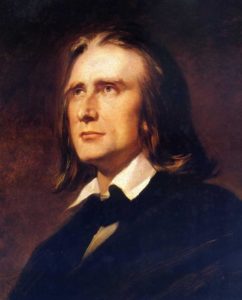
Franz Liszt, who many argue was the greatest pianist of all time. He admired Chopin tremendously, so much so he wrote the 300 page biography, “Life of Chopin” which you can download for free!
However, Chopin loathed Liszt's playing, and was overall disgusted by his philosophy on piano pedagogy. Liszt, and many other contemporaries, believed that exercises should be repeated until one is completely exhausted and incapable of going on, and that technique and composing are based around a symphonic sound.
Chopin, on the other hand, believed that technical exercises where a waste, and that all technique can be learned through scales, arpeggios, and repertoire. Everything is based around singing, which in his opinion is the most important aspect for a musician. He would often tell his students,
“You are to sing if you wish to play!”
and would require his students to go and see many operas and other vocal recitals.
We are extremely fortunate that Chopin existed, and that he innovated the piano at such an early stage in its modern design. His obsession with his craft resulted in such fine detail that is still relevant today. He made sure that every fingering was written in, every phrase was slurred, every articulation was notated, and that he taught enough people to keep his music persevered the way he heard it. He's the only musician to have a competition dedicated only to his work, and his music still sounds fresh even after hearing it so many times. When you practice always remember what Chopin would tell his students:
“Technique should be no more than a means; and so it should come directly out of an imperative need for musical self expression. There is no point in sitting at the piano for hours practicing technique. You are no longer a musician, but an acrobat.”
The Chopin preludes are essential to study as a pianist, or someone who is aspiring to become a pianist. The Chopin Preludes are not very hard pieces to play, and this is one of the reasons why Chopin is regarded as such a genius. These pieces can make even an amatuer sound like a professional! Each Prelude will offer you a specific skill, both technically and emotionally, and you will literally be able to feel the improvement in your hands, and your brain. Generally its advised that students learn a couple Preludes before they begin the study of Etudes.
The Preludes
The word Prelude has many definitions. This definition changes based on what time period we are in, and if we are talking about a secular or sacred setting. In Church, a sacred setting, the Prelude is the first piece of music to be played to introduce the service. It has been this way for hundreds of years now. In secular music, the Prelude has evolved over time. In the 17th century the Prelude, or Preludes, were short pieces to introduce longer more complex works that are to be played. In the Romantic era, Preludes became stand alone pieces that were meant for study on specific techniques or emotions.
Chopin wrote 24 Preludes in the Op. 28 series, published in 1839, which cover all the Major and Minor keys in music, progressing by the Circle of Fifths. (For more about the Circle of Fifths, read our article here).
Note: There are 30 keys but six of them are enharmonic.
Order from Easiest to Hardest
Our study of the preludes have been selected in the order of easiest to hardest technically. However, the point of study on these pieces is to help develop not only our technical skills, but our understanding of expressing different emotions. You will notice that most of these pieces have very little pedal markings, but it has been stated by Chopin's pupils, and contemporaries, that he always used the damper pedal very lightly.
Op 28. No 7
Technically the easiest prelude, but quite emotionally challenging. This piece is as simple as it gets, and in result it is easy to express in an over dramatic way. The key to this study is learning and playing with simplicity.
Op 28. No 20
Extremely dramatic, with very simple harmonic movement in C minor. This study offers us an introduction to fundamental harmonic knowledge in minor and a great way to vent agony, distress, frustration, annoyance, etc.
Op 28. No 4
A piece of depression, with a grand cry for help only to be defeated. This study offers us great control of our left hand, while projecting a repetitive monophonic melody. The challenge of this piece is to keep interest with so much repetition.
Op 28. No 6
Similar in emotion to No. 4, but more melodic, and the hands switch roles. Although this piece does not have pedal markings, the pedal must still be applied very lightly. This will result in a little bit of reverb helping the overall flow and legato of both the right and left hand. Be very careful not to accent the thumb!
Op 28. No 9
A very romantic piece and should be expressed as so. Chopin was in love during the time of these compositions with a woman named George Sand, and this must have been a good day for him! The pinky must keep the melody projected and expressive over the underlining harmony. If not, then the piece just sounds like a bunch of basic chord changes. (Pop)
Op 28. No 2
To me this piece feels like damp weather. In fact, Chopin left Paris for a period of time during these compositions to escape the damp winter weather of Paris. The focus of this study is to pivot with the left hand on the second and third finger, keeping the chords legato without the use of the pedal! Then this very simple, but powerful, melody must sustain throughout.
Op 28. No 15
Also known as “Raindrop,” this piece is extremely romantic, with a dark twist in the middle. It is not very hard to play, it's just a bit long compared to the rest. There are only a few spots that will require a little bit of extra focused practice. It will help tremendously to study the scales Db Major and E Major prior.
Op 28. No 1
The first in this list that requires a little bit more advanced technique. However, we are prepared! The left hand must pivot on the second and third fingers, while the right hand sings the first and last note of the measure. Really focus on the second beat of each measure. If the two notes are not played together it will sound sloppy. Don’t forget to breath!
Op 28. No 3
Do not be intimidated by the “required” speed of this piece. It is simply a pattern that repeats itself starting on a different note. This piece is going to offer us a great study for the left hand. You will literally feel your technique developing the more you practice this piece. The speed will come in time with proper, consistent practice.
Op 28. No 10
Same concept as No. 3, but now for the right hand. This piece feels pretty good in your hands once you learn your notes. Once again, do not worry about the speed. The purpose for this study is to teach your right hand great fluidity, having freedom down the whole keyboard.
To celebrate Frédéric Chopin's birthday, we have prepared a piano course focusing on his Preludes and other shorter and easier pieces, to guide any curious pianist like YOU into the world of Chopin.
Each lesson comes with a play-through from the teacher, some basic analysis of the piece, and in-depth instruction to guide you through the challenging parts of the composition.
Start your first Chopin piece with a limited time discount code. Learn more here.
If you have any questions please feel free to comment, and email us!
Citation
Eigeldinger, J., Shohet, N., Osostowicz, K., & Howat, R. (2013). Chopin: pianist and teacher as seen by his pupils. Cambridge: Cambridge University Press.
Ready to learn music?
Start learning with our 30-day free trial! Try our music courses!
About Liberty Park Music
LPM is an online music school. We teach a variety of instruments and styles, including classical and jazz guitar, piano, drums, and music theory. We offer high-quality music lessons designed by accredited teachers from around the world. Our growing database of over 350 lessons come with many features—self-assessments, live chats, quizzes etc. Learn music with LPM, anytime, anywhere!


